
EASTER ISLAND
RAPA NUI
ISLA DE PASCUA
June 1998
Rapa Nui (Easter Island) is a 180 km2 Pacific island, the most distant point in the world from other dry land. At the time of its colonization by Polynesians around AD 400 the island supported lush subtropical forests but less than 1500 years later these had disappeared, triggering the complete destruction of the island's ecosystem. At the peak of its prosperity Rapa Nui supported a complex, stable political system whose clan groups carved gigantic stone statues (moai). Uncontrolled population growth and the cutting of forest to transport moai resulted in the extinction of most native plant and animal species accompanied by civil war, cannibalism and social disintegration. Today, some 3000 people live on Rapa Nui (now part of Chile) supported almost entirely by heritage tourism. Seventy per cent of the island is a National Park designated as a World Heritage Site (cultural landscape category) in 1996. Tourism is seasonal, entirely controlled by Rapa Nui people and dependent on air access. World Heritage designation has met with some local opposition by restricting development opportunities but others welcome it as a means to access conservation funding.
Myra Shackley, 'The cultural landscape of Rapa Nui (Easter Island, Chile)', in Visitor Management: case studies from World Heritage Sites
 .
.


Update: Sunday, 2 December 2001
This website was created shortly after my trip to Rapa Nui with then-boyfriend Roberto, in mid-1998. Three and a half years, and numerous travels, down the line, Rapa Nui is still my favourite place on Earth, although Machu Picchu, Venice and, to a lesser extent, Barcelona come close. Cape Town, my birth-city and a very special place, of course has honourary first place. Two favourites? Illogical, but true!

By whichever name you call it, this island is the most incredible place I have ever seen. When Roberto suggested a couple of months ago that we visit, I was very excited. But, after a while, I started preparing myself for disappointment. I was sure that even the (officially) most isolated spot in the world would be over-commercialised and spoiled by tourist ventures.
That preparation was unnecessary. I spent my days marvelling at what I think must be one of the most wonderful places on earth.
A tip for anyone who plans to visit....go during the off-season (also if you can manage to go while Chile is playing in the World Cup, it won't hurt, lol....of course that would mean you would have to wait a while). We had days when we hardly saw another person, outside of the town. And unless you are truly a sun-worshipper, the weather is not bad - a little rainy and misty, but not cold, and good weather for hiking.
Most of the residents are directly involved in the tourism industry. They have, nevertheless, managed to develop the tourist sector in such a way that it does not apparently interfere much with the integrity of the island. Of course, it is a little difficult to judge too deeply during a four day visit, but I felt everywhere a pervasive respect for the island, its beauty and its history. I was also pleasantly surprised at the development of services for the residents of the island - television, telephone, subsidised petrol and air links, a good hospital, scholarships, etc - most of these developments are, I think, very recent. Of course, again, it is difficult to judge social conditions as an outsider on a short visit, and I am aware that there are political tensions regarding the terms and conditions of the unilateral annexation by Chile in 1888.
The history of the island is not a peaceful one. As well as bitter internal conflicts before contact with "Westerners", the island has had to deal with an extremely distressing history of dispossession and abuse at the hands of Europeans and Americans in recent centuries.
Nevertheless, for a visitor, the place is truly amazing. There are no words to describe the feelings of walking amongst the moai, without another human being in sight.
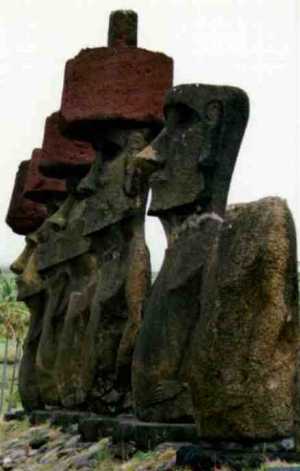
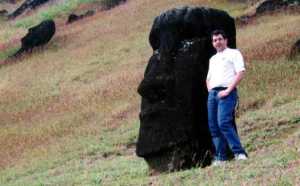
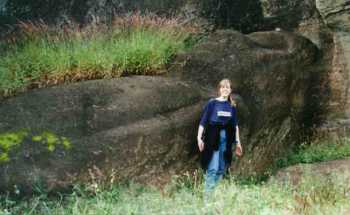
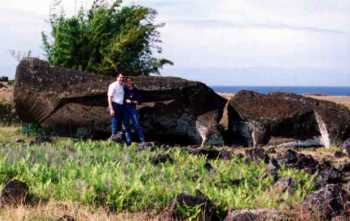
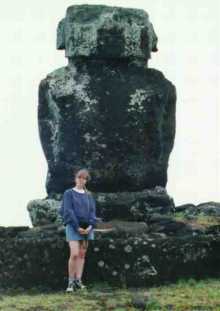
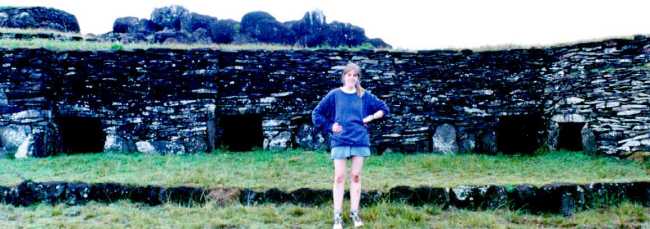
HIGH POINTS:
So many, it's difficult to list them:
Rano Raraku - the volcano crater which served as the quarry for the moais. Its slopes are littered with moais in every stage of construction, and it is not difficult to recall a time when teams carved and moved these giants. It is a gentle crater...still and peaceful and beautiful, and my favourite part of the island.
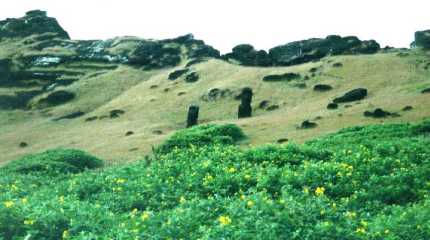
Anakena Beach - so beautiful.
Rano Kau - a completely different type of volcano crater...ominous and (in the words of Gathspode the Wonder Dog) it BODES! Murky pools of water that look bottomless, steep sides which look impossible to scale, and the Orongo village on its rim.
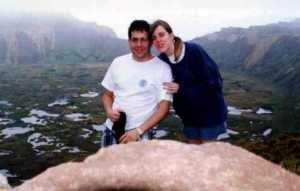
Watching the aeroplane land...from right underneath!!! (Well, ALMOST right underneath...obviously if we were right underneath we would be squished!).
The toppled moai....in my opinion, a more powerful image than those that have been restored to their ahu.
The colours in the sea and the sky.
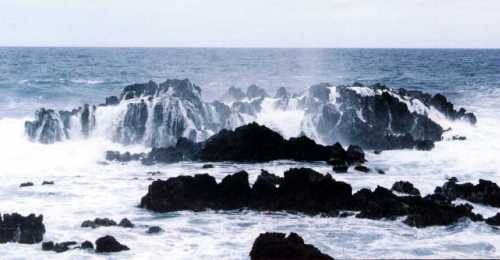
LOW POINTS:
Waking up to find Roberto covered in blood. Silly man stepped on a rock which really did NOT want to be stepped on (my sister claims it was a baby moai on its migration up from the beach). The bright side is that we got to see the inner workings of the Easter Island hospital.
Losing a really good book on the island. I hope, at least, that someone enjoys reading it, lol.

The museum. I really was disappointed that the museum, which is in a very good building, has had so little attention paid to content. Unlabled objects, badly presented information....for the amount of money obviously spent on the building and the great body of research done on the island, I felt that more attention could be given to this museum. I was especially saddened that the museum is obviously ONLY for tourists....no section of the museum caters for the needs of, for example, the many school children on the island who, because of the isolation of the island, have very little opportunity for variety in cultural exposure.
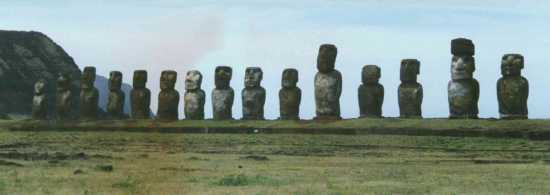
THE SEPARATE ROSE
by Pablo Neruda
(in Spanish and English)
Poems about Easter Island. Very stirring, especially in the original Spanish.
an index to internal links dealing with Chile and Easter Island
Useful Links:
Great sites on Easter Island
Easter Island FoundationInformation, pictures, maps, music, resource lists, and much more...
General and practical 'how to get there' information
Useful Books from Amazon.com:

|

|

Quick travel:



|

|
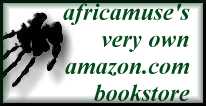
|
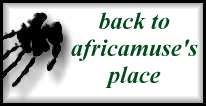
all original material (text, graphics, photographs and/or programming) © 1998-2002
Sally Smith
http://geocities.datacellar.net/africamuse